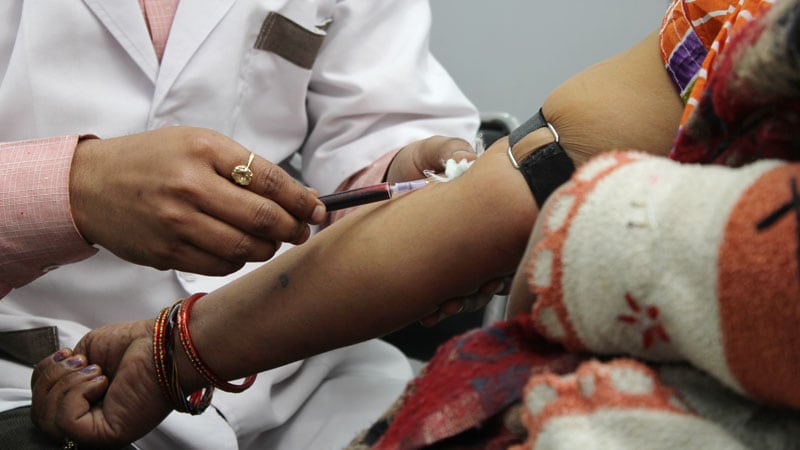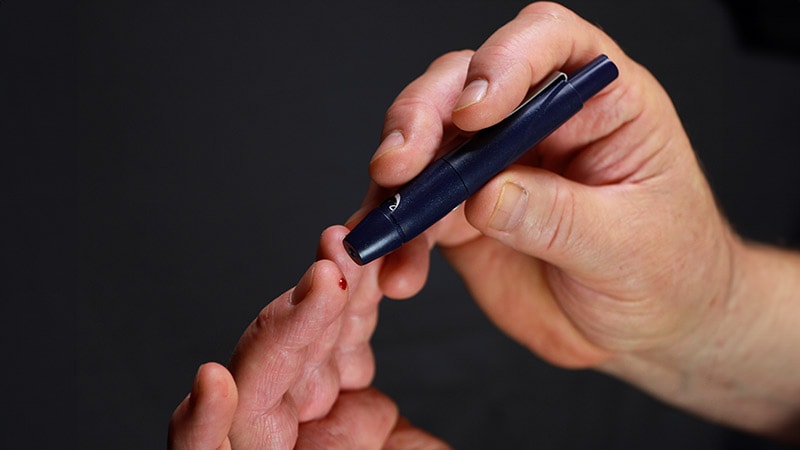Prostate cancer is the most common malignant tumor in men, accounting for 29% of male neoplasm diagnoses in the United States alone. Radical prostatectomy remains the preferred treatment for localized prostate cancer in healthy patients, offering excellent oncological control. Following radical prostatectomy, however, approximately 20%-40% of patients with localized disease will experience biochemical recurrence (BCR), and in the medical history of over half of patients with metastatic disease, there is an initial diagnosis of localized or regional disease.
Prostate-specific antigen (PSA) has been used for more than 40 years to detect recurrent diseases, and its introduction as a BCR marker has led to treating patients with distinct diseases similarly. Over the years, however, researchers have recognized that PSA recurrence has different meanings depending on the various clinical-pathological characteristics of the cases, such as Gleason score (GS), PSA doubling time (PSA-DT), clinical stage, and surgical margin status. Consequently, individualized treatments have emerged, and various PSA cutoffs have been proposed to define BCR, aiming to intervene at the best time of prostate cancer recurrence and achieve better treatment outcomes for each patient.
Follow-Up
The optimal frequency for PSA testing in prostate cancer follow-up after radical prostatectomy is variable, and timing reflects the aggressiveness of the primary neoplasm. Generally, recommendations for measuring PSA levels are every 6-12 months for the first 5 years after diagnosis and annually thereafter. In patients at a high risk for recurrence (ie, those with stage ≥ T3a disease or GS 8-10 or PSA > 20 μg/L), PSA testing can be performed every 3 months.
PSA-DT, the time required for PSA levels to double, is the method used after radical prostatectomy to indicate the prognosis. But the determination of PSA-DT still poses challenges, including the lack of standardized methodology for measurements.
BCR
The American Urological Association, the American Society for Radiation Oncology, and the Society of Urologic Oncology drafted guidelines for salvage therapy for prostate cancer in cases of suspected BCR after radical prostatectomy. The document incorporates the latest evidence and guides physicians in interpreting BCR data after radical prostatectomy and making subsequent decisions.
Initial Recommendations
The document includes the following recommendations:
- Physicians should inform patients with detectable PSA after radical prostatectomy that salvage radiotherapy (RT) is most effective when administered at lower PSA levels. (Strong recommendation)
- For patients with detectable PSA after radical prostatectomy considering salvage RT, the latter should be administered when PSA is ≤ 0.5 ng/mL. (Moderate recommendation)
- For patients with detectable PSA after radical prostatectomy and a high risk for clinical progression, physicians may offer salvage RT when PSA values are < 0.2 ng/mL. (Conditional recommendation)
- Physicians should use prognostic factors (eg, PSA-DT, Gleason grade group, pathological stage, surgical margin status, validated post-prostatectomy genomic classifier, and PET imaging results) to advise patients with detectable PSA on their risk for clinical progression. (Moderate recommendation)
Risk for Progression
The expert panel involved in drafting these guidelines, while acknowledging that the list of all relevant prognostic variables is not exhaustive, identified the following factors as determinants of high risk for prostate cancer progression: Gleason grade group 4-5, stage pT3b-4, surgical margin status (with a higher likelihood of BCR for positive margins and a lower risk for progression after salvage RT), disease with positive lymph nodes, short PSA-DT, short time interval between primary therapy and PSA recurrence (including persistent detectable PSA after prostatectomy), higher post-prostatectomy PSA, genomic risk, and PET imaging results.
PSA-DT Interpretation
Faster PSA-DT has consistently been associated with higher rates of metastasis and mortality. Specifically, in patients with BCR after surgery, the risk for death from prostate cancer had a hazard ratio of 4.9, 2.4, and 1.5 for patients with PSA-DT < 6 months, from 6 months to 1 year, and from 1 to 10 years, respectively, compared with those with PSA-DT ≥ 10 years. A shorter time interval from primary therapy to BCR is also a clear risk factor for subsequent metastases, regardless of the primary treatment modality.
Ultrasensitive PSA
The document stated that ultrasensitive PSA after radical prostatectomy is possible in patients at a high risk for recurrence and those considering salvage RT (expert opinion).
The definition of BCR in the post-prostatectomy context is an increase in PSA ≥ 0.2 ng/mL and a confirmatory value > 0.2 ng/mL. The document emphasizes that ultrasensitive PSA tests can provide PSA levels below 0.1 ng/mL. But these lower levels have not been prospectively evaluated to determine if early detection of detectable PSA and subsequent treatment for these patients result in better oncological outcomes compared with treatment when PSA ≥ 0.2 ng/mL meets the BCR definition.
The document adds that in patients who do not meet the BCR definition after radical prostatectomy (PSA ≥ 0.2 ng/mL) but have detectable ultrasensitive PSA, the rising trend of PSA should be confirmed before proceeding with therapy (expert opinion).
The rationale for the recommendation is that a higher ultrasensitive PSA can identify patients with a higher likelihood of BCR but without a distinct limit able to clearly dichotomize the groups. In addition, some patients with benign residual prostatic tissue and indolent low PSA recurrence can be identified with ultrasensitive PSA. Therefore, when using ultrasensitive PSA, it is advisable to verify the rising trend (two consecutive increases with PSA ≥ 0.1 ng/mL or three consecutive increases at any PSA level) before initiating salvage therapies.
This story was translated from Univadis Italy, which is part of the Medscape professional network, using several editorial tools, including AI, as part of the process. Human editors reviewed this content before publication.

.webp) 1 week ago
11
1 week ago
11




























 English (US)
English (US)